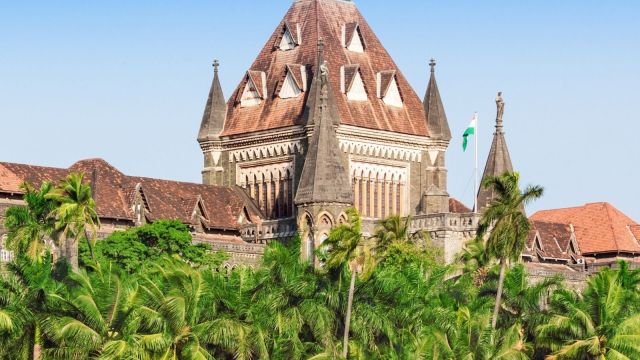The Bombay High Court on Thursday upheld the state government’s 2022 regulation permitting non-buildable ‘reserved’ open spaces exceeding 500 square metres in the city to be used for slum rehabilitation (SR) schemes.
However, it has directed that at least 35% of the vacant space on such lands used for SR Schemes must be treated as a public amenity, such as a functional and usable public park, and not as a private area for residents only.

The Court emphasised on the wider impact of Regulation in Mumbai and observed, “In a city where inequality is visible in how space and services are distributed, providing formal housing to slum dwellers, within the city and not on its outskirts, is a step towards real equality. It ensures that rights and services are not limited to the privileged, but also reach those living on the margins.”
The HC further said the Regulation in question “promotes inclusive planning” and “supports equality by correcting urban imbalances.”
Such public open spaces used for SR schemes are those which are otherwise non-buildable and reserved under the Development Plan for parks, gardens, playgrounds, etc.
The HC also directed the BMC to complete the GIS-based mapping and geo-tagging of all plots designated as open space in the sanctioned development plan and the same be published on its website within four months.
The bench said that once the SR project is completed, 35 % of its open space must be handed over to civic bodies for management within 90 days of obtaining occupation certificate for the project, unless the corporation permits joint maintenance with housing a society and such space shall not be enclosed or restrict entry of local public. “No portion of the open space shall be reserved exclusively for any private group, resident association, or developer,” it noted.
Story continues below this ad
The HC directed the state government and Slum Rehabilitation Authority (SRA) to form a dedicated committee or appoint a senior officer to oversee implementation of regulation on the ground and quarterly reports be submitted to the SRA and Urban Development Department (UDD), which shall be uploaded on their websites.
A division bench of Justices Amit Borkar and Somasekhar Sundaresan passed a verdict on a plea by NGO Alliance for Governance and Renewal (NAGAR) and others, argued through senior advocate Shiraz Rustomjee.
The petitioners had challenged the Regulation 17 (3)(D)(2) of the Development Control and Promotion Regulations (DCPR), 2034 under Maharashtra Regional Town Planning (MRTP) Act inserted in the year 2022.
The impugned decision allowed that non-buildable open spaces reserved for recreational purposes of over 500 square metres can be used for SR schemes, provided 35 % of the ground area is kept vacant and continued to serve the designated public reservation.
Story continues below this ad
However, the petitioners argued that the said regulation in effect legalised the diversion of up to 65 % of land from the reserved public use and permitted its use for construction. Therefore, the said regulation diluted the purpose of reservation and was robbing Mumbai of its much-needed green and open spaces,” they added.
Rustomjee argued that public parks and open spaces “should not be sacrificed to accommodate encroachments or private development, even under the banner of welfare schemes.”
The petitioners further argued that the 2022 decision was an extension of the 1992 notification, They added that that while the 1992 notification sought minimum plot size of 1000 square metres, the 2022 regulation reduced it to 500 square metres, which will lead to more smaller open plots available for construction and further reducing already scarce open space in the city.
In a 191-page judgement, Justice Borkar for the bench observed that the impugned decision “tries to achieve the balance” that the government has to strike between its duties to protect, improve urban environment and to ensure shelter and safety for weaker sections of the society.
Story continues below this ad
Upholding the validity of the regulation in question, the HC also said disciplinary action be taken in case of any violations and projects retaining more than 35 % vacant space should be encouraged. It also directed the BMC to give ward wise action plans listing all reserved open spaces to UDD and conduct quarterly inspections to identify encroachments.
Among a slew of directions, the court also asked the state government to undertake a comprehensive policy review of the impugned regulation within two years. It said that HC verdict should not be “read as giving a free hand to the State to reduce open spaces in the city.”









